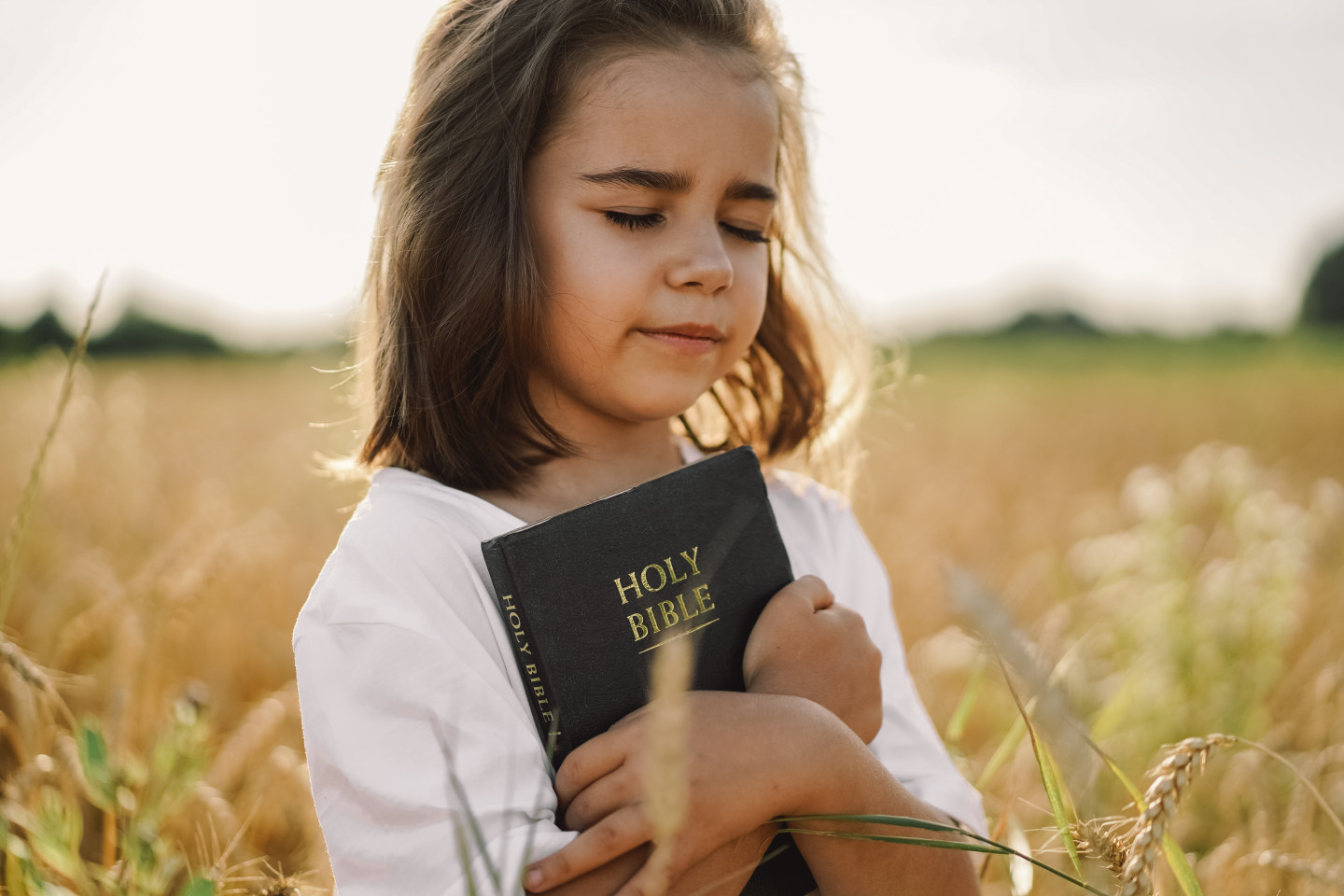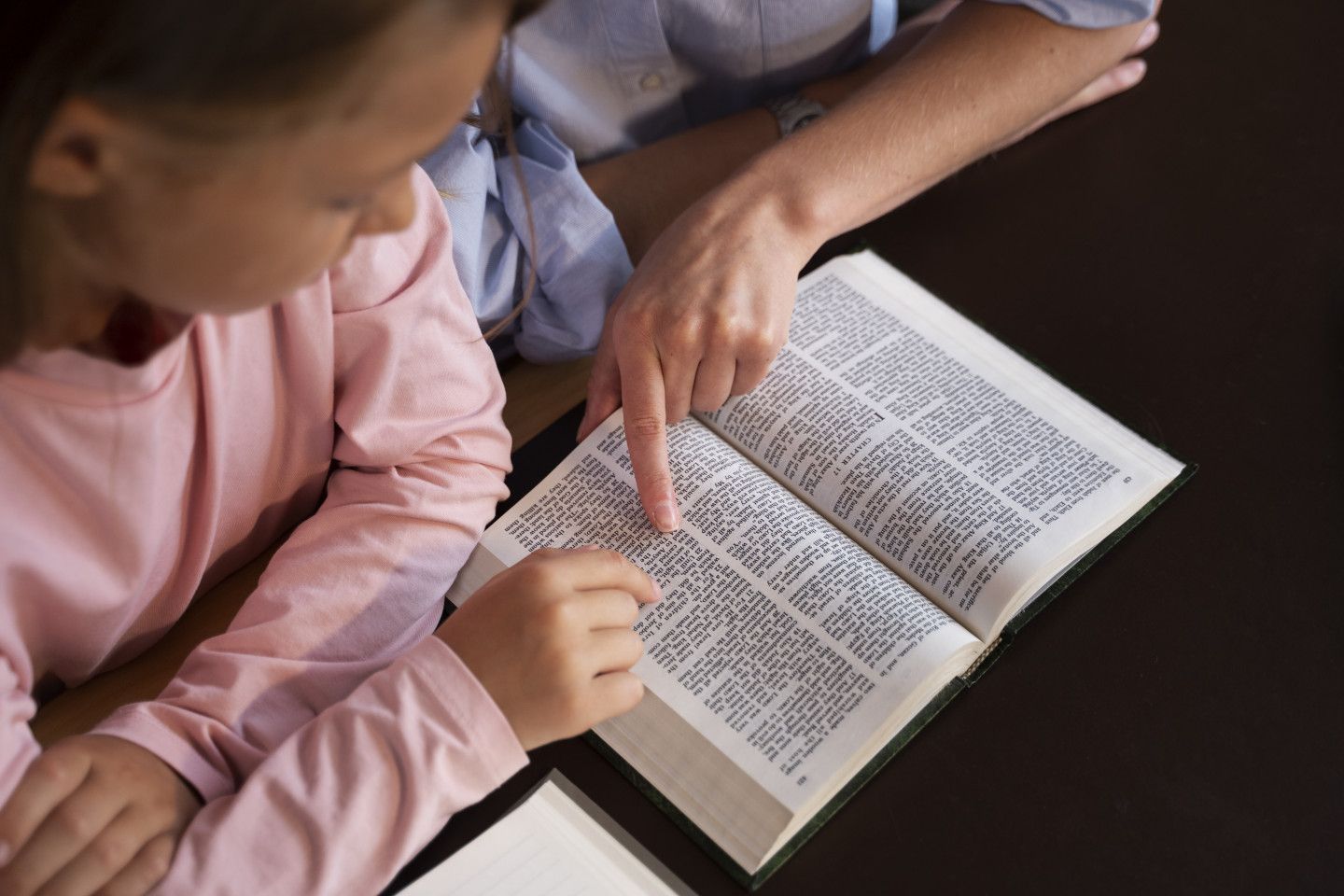According to Saint John Chrysostom, “with the Nativity of Christ all feasts flow as various streams flow from a fountain.” In the same sermon, the Saint continues “I even now caution and request you to purify yourselves beforehand and then approach the sacred mysteries. Let us say to me: I am ashamed, my soul is full of sins and bear a heavy burden. The space of those five days (before Christmas) is sufficient to cleanse a multitude of sins if you will be sober of heart, will pray and be vigilant.” And further, the Saint invites the faithful Christians to tear down any hurdle and begin the feast as long the magi who come to that crucial event had been arrived in the day of Nativity of Christ even from far away country like Persia. For, as SJC preached nothing can separate the Christian from the Holy Table, for “the time of receiving the Eucharist is not determined by the feast or solemnity but by a pure conscience and upright life.”
In the early days of Christianity, Christmas did not occupy the same rank as Pascha, although it was celebrated with enthusiasm when the truly Christians had the opportunity to extol Christ the King in opposition with the Arian tentative to degrade or downgrade the person of Christ. But for the early Christians Christmas was not celebrated with the same emphasis and not with same preparatory time like for Holy Pascha. This was so historically as long as the day of Jesus’ Nativity was not constituted already as a main feast around the festal cycle of the liturgical year. In this context, Christmas in the early days of Christianity was celebrated as a feast of the triumph of light over the darkness of paganism. For at that time and long after, even today, the pagans celebrated their own festival of lights. The early Christians who would not like to be part of the pagan celebrations, endeavored to create their own feast imbued with Christian meaning. Thus, the Christians substituted the pagan “Natale solix” with “Natale Christi”, and the invocation of the natural sun with the worship of the Sun of Truth, of the spiritual Sun of Righteousness: “From the virgin then didst rise, o Christ / Our spiritual Son of Righteousness!” (Vespers, Troparion, Tone 6), and also the victory of Nicaean faith over Arianism (the affirmation of the divine nature of Christ).
In his outstanding study on liturgy, “The shape of the Liturgy”, Dom Gregory Dix showed that the integration of Christmas in the cycle of Christian year, which happened later, after Constantine’s conversion and attainment of the Church’s freedom, was a result and came together with the process of readjustment which included and involved at least two important points: a) Church reconciliation with the world, which means that the worship ceased to be the secret activity of a secret society, as Christianity was in parts of the world at its beginnings, and became “a public activity of the population at large” and b) the Church reconciliation with time, or better said, with the historical process of redemption.
In the same outstanding manner Oscar. Cullmann in his book “Noel dans l’Eglise Ancienne” (The Early Church), stresses that although the Cross and the Resurrection is the center of New Testament and the Christian year, if we consider the salvation history as a whole we have to regard the Incarnation as the ground of all that followed.
Oscar Cullmann emphasizes that the institution of the feast of the Incarnation in the primitive Church was not tied to some historical accuracy, but rather derived from faith itself. Thereby the struggle against Arianism and other heretical teaching that denied the divinity of Jesus had a big influence in help to set up the feast of Incarnation alone, but in connection with the Christian cycle of the year: “From the moment in which theological thought, beginning from faith in the crucified and risen Lord, and directing its attention to the person and the work of Christ, looked at the background, the Incarnation must have moved more and more clearly into the foreground.” (Cullman, O. , Noel dans l’Eglise Ancienne (The Early Church, page 26).
In a sermon on December 25,380, Saint Gregory the Theologian solemnly and joyously preached: “Christ is born…! …”run with the star, and bear the gifts with the magi…with Shepherds glorify Him; with Angels join in chorus; with Archangels sing hymns.” (Gregory Nazianzus, Oration XXXVIII). Also, in one of his sermons Saint John Chrysostom preached: “For a feast is approaching, the most solemn and awesome of all the festivals which one would not be wrong in calling the “metropolis” of all the festivals which is this? The Birth of Christ in the flesh for from this the Theophany and the Holy Pascha and Ascension and Pentecost took their origin and ground. For if Christ had not been born in the flesh, He would not have been baptized.” (Saint John Chrysostom, Vol. I, page 608)
In his “Hymns of the Nativity”, Saint Ephraim the Syrian also wrote: “In December when the nights are long, rose unto us the Day… On December, that causes the travails of the earth to cease, in it were the travails of virginity”; and further: “The whole creation became for Him as one month and cried out concerning Him. The magi cry out in their gifts; the barren cry out with their children – the star of Light, lo! it cries out in the air: “Behold the Son of the King! ... ”
Today the fasting reason of Nativity has not the same intensity like that of the Great Lent and it is regarded more “ascetically” than liturgical in its nature, although we enter the period of Christmas fast forty days before the feast of the Nativity with the serious intention to purify our souls and bodies in order to accept and partake properly the mystical reality of Christ’s coming into the world. During this period of Lent in the Church’s services the new theme of approaching Nativity is introduced. For example, on the eve of the Feast of the Entrance of the Theotokos into the Temple we can hear already “Christ is born, glorify Him!” This is in fact the prelude through which the Church announces its faithful people about Christ’s Incarnation with the same purpose the Church commemorates then the Forefathers and the Fathers who made straight the path of understanding that the history is nothing more than the expectation of salvation and reconciliation of man with God, through the person of Jesus Christ.
On the last Sunday before Christmas also we read the genealogy of Christ and on the 20th of December the Forefeast of Nativity already begins. Its pattern is similar to that of the Holy Week. There is not a coincidence or an accident in this similarity, for in fact we have on and the same organic reality and mystery: the Nativity of Son of God is the beginning of the Cross. And the aim of this way is our own salvation itself. Thereby, Nativity is first glory and victory, but also the beginning of the Cross. In the body of the child, in the shadow of Incarnation, is also the beginning of the Cross. In this body of the infant Jesus the Church already sees the dead body taken down from the Cross by Nicodemus and Joseph.
The ultimate glory is at the end and for a full enlightenment it has to pass through the suffering on the Cross and Resurrection. Just as Pascha was the feast of the Resurrection and salvation, it is now clear that Christmas, the feast of the Incarnation of the Son of God, is part of the same mystery. Even in the very early times, as today also, the growing veneration of the Virgin Mary on the second day of the feast could be explained in the light of the Incarnation mystery as part of the largest mystery of salvation of mankind. In the services of the Orthodox Church the Eve and the Feast of Nativity itself are celebrated around a double Eucharist: Vespers and Saint Basil Liturgy (Liturgy of the feast) and then Matins and Liturgy of Saint John Chrysostom. Therefore, like in the feast of Epiphany and Pascha we have a baptismal vigil which splits the religious service into two units: baptismal liturgy and festal liturgy.
On the Eve of Nativity, on December 24th, the services begin with “Royal Hours” when most parts of the psalms are replaced with nativity themes. In a special Troparion also, each with three readings introduces us in the atmosphere of that particular commemoration and beginning of the Eve and then in the feast itself. The “Hours” with their psalms, hymns, and biblical readings make a synthesis of all themes of the feast. All proclaim the joy of that decisive moment of history when Christ was coming among us, and save us: “Christ is coming to restore the image which He made in the beginning.” (Troparion Tone 4) or “Thy favor has appeared on earth, O, Lord for the salvation of the human race.” (Troparion Tone 8).
According to the liturgical teachings of Father Alexander Schmemann, with the entire services, we deal in fact with the same theme of the Incarnation which has two sides that express the same reality and truth of Christ’s nativity: humiliation but also victory. Childhood is revealing of God Himself in the eternal childhood of God. The child is totally defenseless. The child is the power of someone who has no power. Virgin Mary is our gift to God, the fulfillment, the ultimate flower in the garden of divine creation. God also has given unto us the child as a gift, but unfortunately there was no place in our world for Him… He had to be born in a cavern: “Since there was no room at the inn, the cave became a beautiful palace for the queen. Christ is born, raising up the image that fell of old!” (Troparion Tone 4).
But the revelation of the fact that the little child is even the Eternal Word is a glad tiding and a motive for joy and glorification in all world: “Today the Virgin comes to the cave where she will give birth to the Eternal Word. Hear the glad tidings and rejoice, o universe! With the angels and shepherds glorify Him who reveals Himself: The eternal God, a little child!” (Kontakion Tone 3). This crucial event of Christ’s Nativity was not a surprise for anybody, but on the contrary, it came as a fulfillment of a long expectation. Joseph himself said that he brought the Mother of the child to Bethlehem for “I have searched the prophets/ I have been instructed by an angel / I’m convinced that Mary will give birth to God / In a manner beyond understanding.” (Troparion Tone 3). But in spite of the fact that the Nativity of Christ was a general expectation, only two groups of people came to worship Him: the simplest and the wisest (magi). Therefore, in the same Troparion we hear: “Wise men from the East will come to worship Him offering precious gifts in adoration. O, Lord incarnate for us, glory to Thee!”
Thereby, through this we enter the service of Vespers where the exploration of all themes of the eve feast is continued as their expansion in the history of the universe. Further, the seraphim is removed from the gates of Paradise, and we partake again the gift of immortality. In all the eight readings from the Old Testament the coming of Christ is seen as the restoration of mankind. The singing of Troparia, the Hymn of the three youths and the reading of the liturgy are a signs that during the Vespers the celebration of the feast already begins. Now the emphasis that Christ’s Incarnation has fulfilled the prophecy of all times is made well-known. But as long as through His coming He announced that the gates of His Kingdom are opened, the catechumens have to be baptized and christened. This was in fact the reason of Christ’s Nativity: to make us sons of God, co-heirs with Him! This is also the meaning of the baptismal liturgy of Saint Basil, whose Prokeimenon announces: “The Lord said to me: Thou art my Son, this day have I begotten Thee. Ask of me, and I shall give Thee for the nations. For Thine inheritance and the ends of the earth as thy possession.” Enlightened by this truth, the celebrant and congregation sing the Troparion and Kontakion, a living expression of acknowledgment and surrender to the glorious coming of the Son of Righteousness: “Thy Nativity, O Christ our God, / Has share to the world the light of wisdom / For by it those who worshiped the stars were taught by the star to adore Thee, Son of Righteousness, / And to know Thee the orient from on high, O Lord, glory to Thee!”
The Great Compline which follows in the service proclaims already from Isaiah “God is with us” and the Canon “Christ is born” are sung while the people venerate the icon of Christ’s Nativity: “Make glad, o you righteousness! Greatly rejoice, o heavens! Dance for joy, o, mountains: for Christ is born. The Virgin has become like the cherubic throne. She carries at her bosom God the Word, made flesh. Shepherds glorify the new born child. Wise men offer the master gifts. Angels praise Him and sing: O Lord, past understanding, glory to Thee!”
During the Christmas Matins although this service still preserves in the proper measure elements of time and some penitential aspects, what is predominant is the explosion of joy and peace. There are no longer explanations and symbols, but the synthesis, the celebration of Christmas itself, a moment of eternity. In fact, all Christian worship seems to be a continuation of the Paschal celebration. But in order to have Pascha it was necessary before to have Christmas. In order to be resurrected, Christ had to be born. In the same manner we can say that in order to enter the Kingdom of God we need to pass through history, to be born and live in this world in the expectation of the new world to come. The date of December 25th becomes then the commemoration and celebration of God-made-man. In that glorious day in all services of the Church Light becomes synonymous with the Glory of God Himself.








